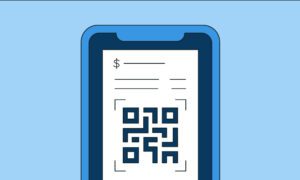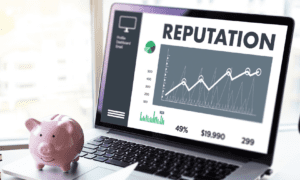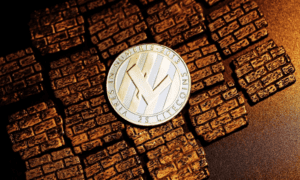Half of world’s population lacks access to essential health services according to World Bank. A press statement recently released by the international health agency also said even for those who can afford to pay for these services, about 800 million people spend at least 10% of their household budgets on health expenses for themselves, a sick child or family member.
According to the report, Asia has the highest rate globally of those pushed below the poverty line due to out-of-pocket health costs. An estimated 72% of those spending 25% of their household budgets on healthcare live in Asia.
Africa has seen the fastest increase in the numbers of people who spent at least 10% of their budgets on healthcare.
The problem of healthcare affordability is not concentrated only in developing countries. In Europe, Latin America and parts of Asia, each of which have high levels of access to health services, increasing numbers of people are spending at least 10% of their household budgets on health expenses.
Tedros Ghebreyesus, Director General of WHO said it is completely unacceptable that half of the world still lacks coverage for the most essential health services.
“A solution exists: Universal Health Coverage (UHC) allows everyone to obtain the health services they need, when and where they need them, without facing financial hardship,” he said.
World Bank Group President Dr. Jim Yong Kim agreed, adding in a statement that “the system is broken: we need a fundamental shift in the way we mobilize resources for health and human capital, especially at the country level.”
However, not only high price is the stumbling block. Pricing is not transparent. It is difficult to get an appointment to a specialist, especially if person is in another country, or for example you are travelling and you need a doctor – you never can predict for how long it will take to find a healthcare provider, because its depends on too many factors and circumstances. Also, it is always a problem to get all necessary information about the patient fast, it might be in different hospitals. And speed with which specialists are sharing medical information – results of researches between each other is really law.
Summarizing, the system is out of date in general. In this situation the blockchain might be a solution.
Healthcare Rallies for Blockchain, a study from IBM, found that 16% of surveyed healthcare executives had solid plans to implement a commercial blockchain solution this year, while 56% expected to by 2020. Healthcare companies, tech innovators and the rest of the healthcare industry are grappling with what’s possible now and what blockchain could solve in the future.
- Blockchain can be employed to keep the data decentralized.
- Blockchains is the system that log transaction records on linked blocks and store them on an encrypted digital ledger.
- Blockchain has unprecedented security benefits because records are spread across a network of replicated databases that are always in sync.
- Users can only update the block they have access to, and those updates get replicated across the network. All entries are time and date stamped.
There are companies that already use blockchain in healthcare. A good example is a WELL. Well is HIPAA compliant virtual care platform, encompassing telemedicine, biometric devices with/out telemonitoring to engage and manage patients and at-risk populations, secure Messaging and finally their own private clinical network, composed of over 109 Providers covering 49 states. By lowering the barrier of contacting a physician, WELL both save substantial healthcare costs as well as encourage appropriate patients to visit the local emergency department. By modern standards, the blockchain is more private and liquid, costs less to administer and provides a real-time lifesaving flow of medical data. WELL use it to provide customer with all kind of medical help he might need being abroad or looking for different opinions on one medical case, for example.
ELCoin company release the devices that complement the creation of a decentralized system of blockchain medicine, aiming to expand the availability of medical services. Dentacoin is the first Blockchain concept designed for the Global Dental Industry. Medicalchain uses blockchain technology to securely store health records and maintain a single version of the truth. The different organisations such as doctors, hospitals, laboratories, pharmacists and health insurers can request permission to access a patient’s record to serve their purpose and record transactions on the distributed ledger.
The blockchain revolution has made its way to the healthcare industry, and it’s only the beginning of what’s possible.

















































